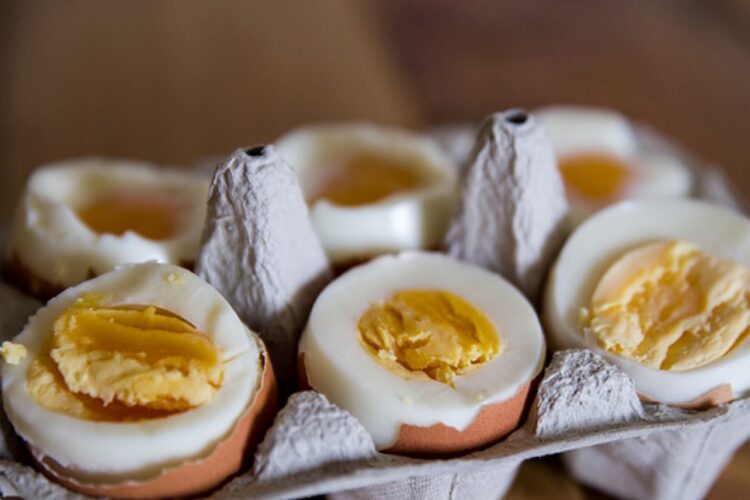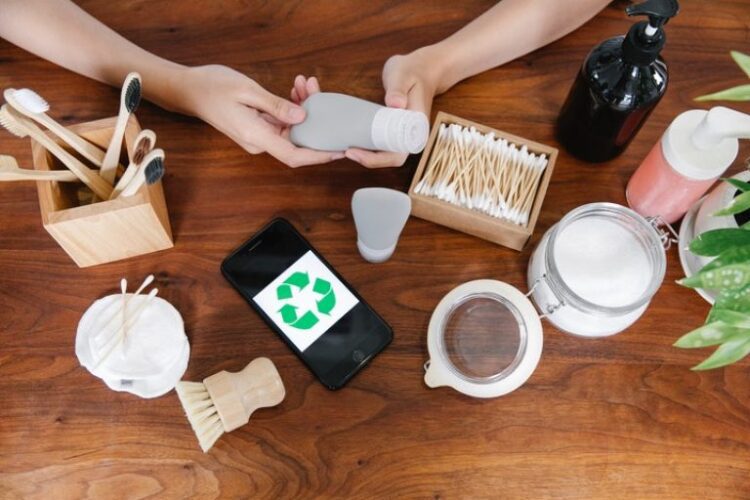
Have you ever wondered how is gum made? What are the ingredients in gum, how does it all come together, and how long does it take for a piece of gum to become ready to be chewed on? If so, then this article is for you. We will walk through how chewing gum is made from start to finish. Spoiler alert- there are lots of steps!
First, the gum is made from a combination of ingredients.
How long does it take for chewing gum to become ready to be chewed on?
The first step in how is gum made involves creating the base that will hold all of these materials together. Once this has been completed, the flavoring agent is added. The next step includes how to add the softening agents properly so that the gum is still able to maintain its elasticity and hardness.
Next, how long does it take for a piece of chewing gum to become ready to be chewed on? Because there are various types of gums with different methods in how they come together, how long does it take for a piece of gum to become ready to be chewed on? how long the process takes depends on which type is being made. For example, how long can you chew chewing gum before swallowing it? It all depends on how much time was put into making that specific brand and flavor of gum!
The next step in how gum is made includes the flavoring agent. how long does it take for chewing gum to become ready to be chewed on? The last step, which varies depending on whether or not the brand of gum being created requires more time in order
for how long can you chew chewing gum before swallowing it? To set up properly, will include how long does it take for chewing gum to become ready to be chewed on? how long the process takes is determined by how much time was put into making that specific brand and flavor of gum.
How is Gum Made?

What are the ingredients in gum?
how is gum made? What comes together? How long does it take for a piece of chewing gum to become ready to be chewed on? If so, then how is gum made how long does it take how long does the process take how to make chewing gum from start to finish.
Do you know how is gum made and what is the process? Here in this article, we will explain to you how is gum made what are the ingredients, and the process.
Gum is a non-nutritive or sugarless chewing substance that has an elastic quality because it includes synthetic rubber. It also contains waxes and flavors/sweeteners. Gum is manufactured by the three main methods of extrusion, compaction, and molding.
Extrusion
Extrusion is the process by which gum base is forced through a die. There are two types of dies:
1) Single-screw extruders force the material to pass through one screw, and
2) twin-screw extruders force it past two intermeshing screws. The material can be shaped into different sizes depending on the size of the die openings.
Compaction
Compaction is a process by which the gum base or other ingredients are released from a press or mold. Once extruded into a continuous sheet, it is cut into strips that are then rolled and allowed to set in their original form. The forming machines can be either roll-type presses or single punches with dies.
Molding
The molding process is similar to compaction, but it usually produces hollow, spherical pieces that are then coated with the gum base. The process starts by extruding into a sheet or tube then using compression molds that have individual cavity shapes for each type of gum product.
These cavities are fitted with flat surfaces that will release the pieces from the mold. A plunger is then used to press the mixture into each cavity and onto the flat surface within it. After cooling, the molds open and release their contents. The final product is a gumball or bead-like piece that contains powdery sugar on its outside surfaces.
how gum is made? Gum is made of four main ingredients: gum base, sweeteners, softeners, and flavors. Depending on the type of gum being made, you may also add other ingredients such as chocolate or mint oils.
Gum base is a mixture of natural and synthetic rubber formed into sheets by an extruder. Next, flavorings and other chemicals are added to the gum base, serving as taste enhancers and softeners. The base is sent to a mixer where it may be blended with other ingredients such as corn syrup, sugar, sorbitol, or mannitol, which act as sweeteners. After the mixture is thoroughly blended, it is drawn into thin sheets that are cut or formed into balls or pellets then dried.
How is gum made? step by step:
The making of gum starts the same way as the making of most other food products.
First, a batch of rubber gum paste is prepared in the mixer with other ingredients such as plasticizers and emulsifiers, which are blended until there are no lumps left in the liquid gum stock.
Then the mixture is passed through the metal plate called a lip screen, which contains hundreds of tiny holes that allow the liquid to drip into a large vat below. Those holes determine if tiny bubbles can form in the final gum product. You can make soft or hard gum by increasing and decreasing the amount of water.
Then, the gum base is put into a beater, and a volatile organic solvent is added to make it more elastic. Next, to reduce its stickiness, glycerin is mixed with the rubber. The rubber-glycerin mixture gets heated up inside another vat called an extruder, which uses screws or turbines to mix the rubber with glycerin.
As the stock enters the extruder, it is formed as a thin sheet and becomes warm due to friction caused by mixing. This process creates bubbles that make gum chewier after being set up in cooling tanks before cutting and wrapping.
After the liquid gum has cooled and set up, it is cut into small pieces and wrapped in such a way that consumers do not have to handle the sticky product.
Also Read, “Is It Bad To Swallow Gum? Is It Harmful?”
Is gum made out of pig?
Most people think that gum is made out of a pig. This may come as a surprise to you, but this actually isn’t the case! How is gum made?
Most people think that gum is just another candy or sweet, but this couldn’t be any further from the truth! Gum can be used as a descriptive term for many different substances, including rubber and plastic. Nowadays, modern-day gum primarily consists of synthetic polymers (plastics) rather than natural rubbers.
Gum is made by combining elastomers (elastic organic polymers), emulsifiers (substances that blend two immiscible liquids), plasticizers (chemicals added to plastics to make them more flexible but not chemically bound to them), and water.
How was gum first discovered?
The word gum is defined as “a sticky substance, typically one produced by plants, that is capable of gelling or forming a thick paste and can be used in many ways” (dictionary.com). This definition contains the roots for the word “gum,” which comes from the Greek root word, kosmos meaning “sweet.” The Greeks valued chewing gum because they believed it improved their breath.
The Egyptians were among the first to use chewing gum around 5000 BC after observing people who chewed on tree bark to help with digestion. The Ancient Egyptians would chew resin made from acacia leaves but eventually began mixing it with other ingredients such as honey to make flavored chewing gum.
In 1848, John B. Curtis developed a “State of Maine Pure Spruce Gum” after starting his own business called The Howland Company. Howland’s company was the first to package chewing gum for sale for individual use. It took Howland almost 15 years to produce a machine that could help turn out uniform sticks of chewing gum. Howland named his product State of Maine Pure Spruce Gum.
During the 1800s, many cities in America had chewing gum machines set up on street corners for people to buy gum. While the Howland Company was the first company to have individual gum packaged, it still wasn’t mass-produced until around 1871, when John Colgan invented the machine to produce thousands of sticks every day.
What are some brands of gum?
Dentyne, Altoids, Orbit, Big Red, Extra, Ice Breakers Mints, and Trident are just a few gum brands. You can buy different kinds of gum at your nearest supermarket or convenience store or order it online!
Is sugar-free gum bad for you?
Sugar-free gums often contain artificial sweeteners like aspartame which can be harmful if consumed at high levels. However, this is not likely to cause harm but still should not be overconsumed because of the possibility of adverse side effects. In addition, sugar-free gums often contain xylitol as a sweetener which can cause diarrhea if consumed in large amounts.
What are some health benefits of chewing gum?
Chewing gum can help relieve stress, boost alertness, prevent tooth decay and improve oral health by stimulating saliva production. There is a negligible amount of evidence that claims chewing gum improves memory. Lastly, it can be used as weight control because it takes longer to chew before swallowing while increasing saliva production, which helps digest starch-containing foods.
Conclusion:
How is gum made? The evolution of gum has come very far since the Greeks first discovered it. With the help of the Egyptians and John B. Curtis, we can now find different brands of gum at our local supermarkets or convenience stores around America! There is a surprising amount of health benefits that chewing gum provides, and it takes longer to chew before swallowing, increasing saliva production. So, if you’re feeling stressed, remember to bring your gum with you!





